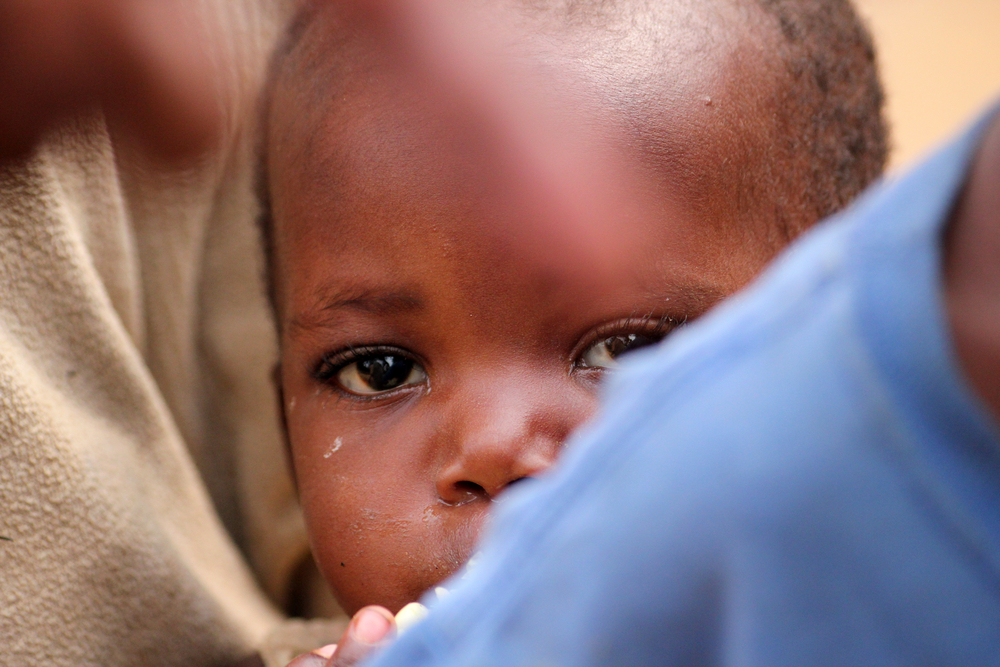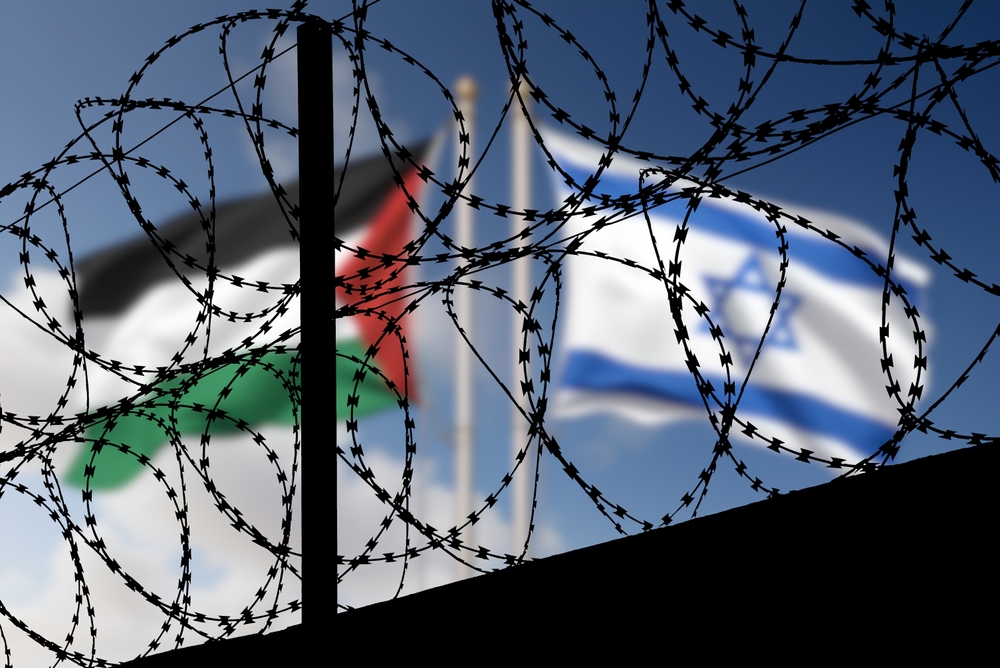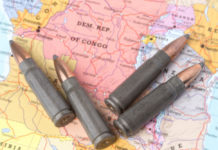The 1994 genocide in Rwanda is a stain on world history and international relations. At a time when the western world celebrated the collapse of communism and looked forward to the dawn of a new age of prosperity and international cooperation, Hutu Rwandans slaughtered nearly 1 million of their fellow countrymen. Civilians primarily carried out the genocide in Rwanda. It was one of the first times in modern history when a nation succeeded in transforming the mass of its population into murderers.
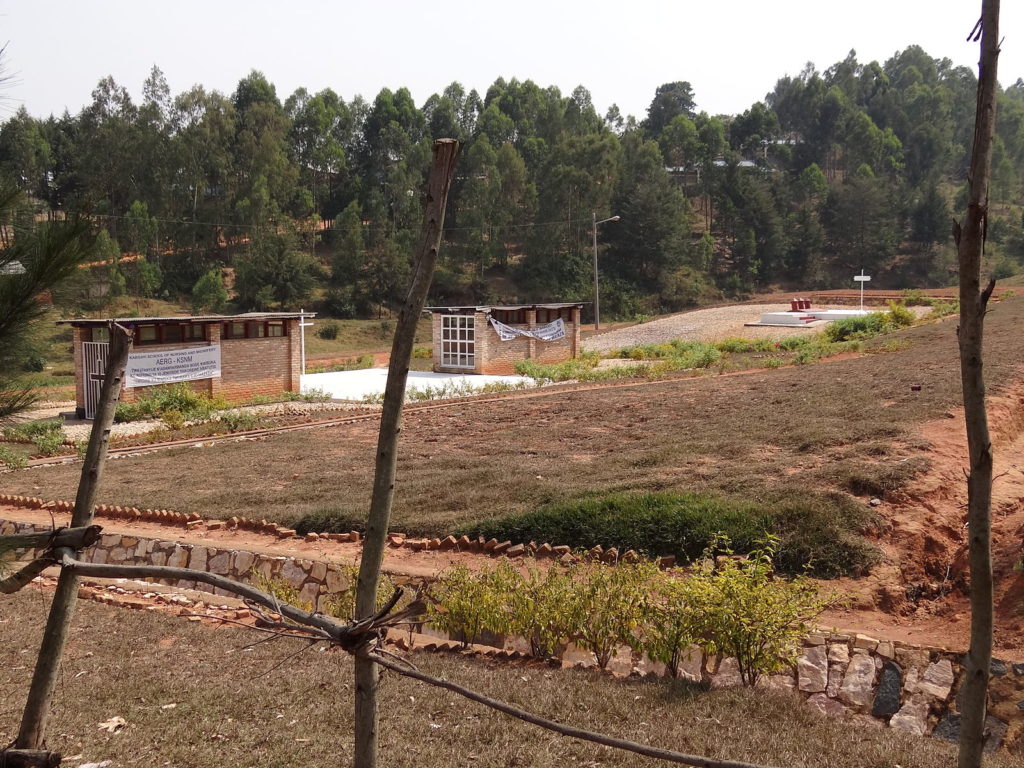
One international law specialist noted the Rwandan Genocide was “probably the most concentrated mass killing ever seen.”
- In 12 weeks, approximately one million people were murdered by their neighbors with machetes, clubs, and small arms.
- Nearly 80% of the deaths occurred between the second week of April and the third week of May.
- The daily killing rate in the Rwandan Genocide was at least five times that of the Nazi death camps.
- Civilian Hutu men, women, and children were conscripted to do the killing.
Background
The key parties in the Rwandan Genocide were the Hutu and Tutsi ethnic groups. Prior to the early 20th century, these two groups resembled tiers of a caste system more closely than ethnic groups. The Tutsis shared the same territory, language, and religion. Hutus were those who tilled the land while Tutsis owned cattle. The Hutu often worked for the Tutsis. A Hutu could become a Tutsi simply by acquiring more land or cows.
Following World War I, Rwanda was stripped from Germany’s imperial possessions and allocated to Belgian rule. The Belgian colonial powers implemented a strategy that many colonial powers utilized around the world. They empowered the minority, in this case, the Tutsi, over the majority. The minority Tutsi held strict loyalty to the colonial overlords while exercising oppressive measures over the Hutu to maintain control.
Meanwhile the colonial rulers emphasized the class differences between Hutu and Tutsi across the country. The Tutsi received better jobs, access to education, lived at higher standards of living, and were assigned dominant roles throughout Rwandan society over the Hutu. The Belgians codified this divide and rule strategy by giving identity cards that classified the ethnicity of every citizen of Rwanda. These identification cards persisted even after Rwanda’s independence up to the 1994 genocide.
Independence and Genocide
Contrary to many assumptions in the 1990s, the violence in Rwanda did not begin in 1994. Campaigns of genocide began even before Rwanda’s independence from colonial rule in 1962.
Shortly after World War II, the Belgians transferred their favored treatment away from the Tutsi and toward the Hutus. The decades of frustrations experienced by the Hutu boiled over into genocidal violence in 1959. Hutus killed more than 20,000 Tutsis while thousands more Tutsis fled from Rwanda to neighboring nations, where they formed armed resistance movements and launched frequent attacks against the Hutu government in Rwanda.
In 1972 in neighboring Burundi, Tutsis carried out a genocide against Hutu that killed more than 150,000.

In 1973 Juvenal Habyarimana seized the presidency of Rwanda following a coup. For the next two decades, Habyarimana further stirred ethnic hatred within Rwanda to secure his power among the Hutu majority.
Breakdown
A broader breakdown of national governments and resistance organizations during the 1980s contributed to the unrest of Central Africa, of which Rwanda was only one piece. In 1987 Rwandan exiles living in Uganda formed the Tutsi-led Rwandan Patriotic Front (RPF). The RPF launched an invasion of Rwanda in 1990. That RPF invasion set events in motion that ultimately led to the 1994 genocide.
The RPF committed atrocities against Hutu civilians during the invasion, leading many Hutu extremists to cite this as evidence that they were under attack from the Tutsi. Between 1990 and 1993, several surges of violence by Hutus against the Tutsi in Rwanda served as a prelude to the genocide. At least 2,000 were murdered in Rwanda. In neighboring Burundi, Hutu killed an estimated 116,000 Tutsi in the civil war unfolding there.
Failed Peace
In August 1993, Habyarimana and the RPF struck a peace deal known as the Arusha Peace Accords. Along with a guarantee of free elections within two years, the RPF was allowed to install several hundred troops in the capital city of Kigali. Against the backdrop of escalating “extermination” rhetoric among Hutu voices, the United Nations deployed 2,500 peacekeepers in Rwanda. The UN’s task was to maintain the peace agreements.
The efforts for peace were over before they even began. Between 1993 and 1994, hundreds of thousands of machetes were imported into Rwanda by Hutu extremists. On April 6, 1994, the plane carrying President Habyarimana was shot down. To this day, it is debated whether Tutsis killed Habyarimana or Hutu extremists with the goal of igniting the fires of genocide shot the president’s plane out of the sky.
Within hours Hutu security forces began setting roadblocks to stop Tutsis who traveled along the road. The killings began.
The 1994 Rwanda Genocide
Anyone with an identity card that classified them as Tutsi was killed. In many instances, Hutus that looked like Tutsis in the eyes of their killers were also killed. Moderate Hutus within the government were also among the first victims of the genocide.
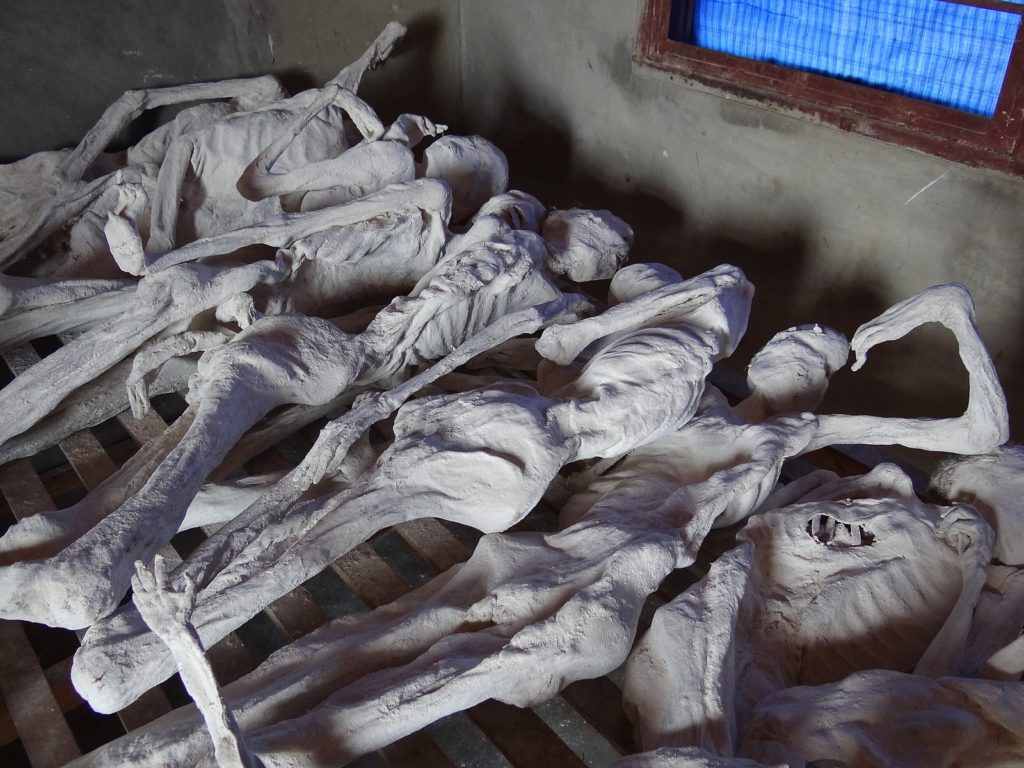
Carefully prepared lists given to Hutu soldiers and militias allowed the genocide to race forward in efficiency. The first day of the genocide saw thousands murdered. The international media and most of the international peacekeeping forces left the country.

Hutu militias went from street to street, house to house, murdering Tutsis. In many instances, victims met their ends at the hands of neighbors with whom they had shared pleasantries for years. Tutsis often endured brutal torture and rape before being killed. Reports emerged of Tutsis paying their captors to kill them quickly and end the prolonged misery. Some militia members severed the Achilles tendons of their captors so they could not escape, saving the act of killing for later.
In two prefectures alone, on April 20, 1994, Hutus killed between 35,000 and 43,000 people in less than six hours. Later more than 12,000 people died in a soccer stadium where Hutu pursuers had trapped them. In the Kibuye prefecture, “Entire Tutsi communities were wiped out with no witnesses left to tell what happened. From a population of 252,000 Tutsi in a 1991 census, by the end of June, there were an estimated 8,000 left alive.”
Ending the Genocide
RPF forces reengaged in the fight against Rwanda’s Hutu security forces. At first, they only held Kigali, but by the end of June, they pushed Hutu forces back. The RPF itself carried out at least 50,000 revenge killings during the fighting.
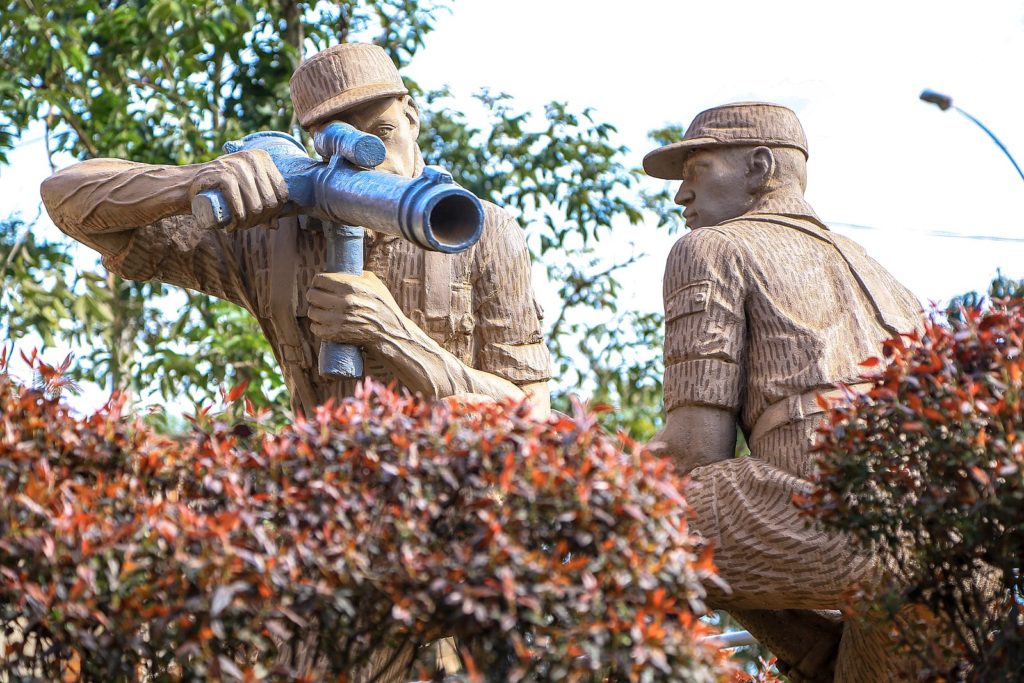
International forces whose governments were reluctant to become involved in Rwanda finally deployed and brought the genocide to an end.
In the span of 100 days, 800,000 Tutsi were killed. Tens of thousands of Hutu also died, many victims of the genocide because they looked like Tutsis or because they tried to prevent the mass murders.
When the Rwandan Genocide began, the Hutu represented 85% of the country’s population. By the time it ended, nearly every surviving Tutsi in Rwanda had witnessed an act of murder and lost at least one family member.
